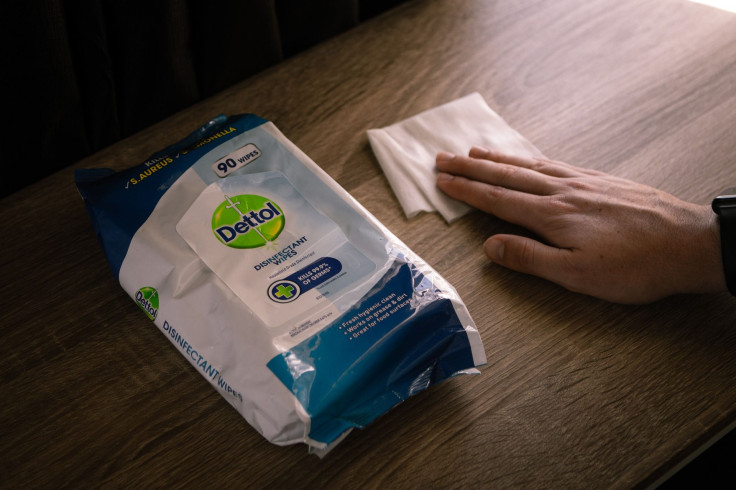COVID-19 Update: Coronavirus 'Doesn't Easily Spread' Via Contaminated Surfaces, CDC Claims
KEY POINTS
- COVID is new and we're still discovering something about it from time to time
- Updated CDC guidelines: Coronavirus can't spread easily from contaminated surfaces or objects
- The coronaviruses mainly spread from person-to-person
For everyone who has been wiping down everything from groceries, Amazon parcels, to food packages amid the COVID-19 pandemic, the Centers for Diseases Control and Prevention (CDC) now announced that the deadly novel coronavirus “does not spread easily from touching surfaces or objects”.
However, experts warn the public that this doesn’t mean it is no longer needed to practice precautionary measures in order to prevent an outbreak.
The previous guidelines from early March indicated that there was a possibility that the virus spread from contaminated surfaces. But the agency now mentions that the coronavirus doesn’t readily transmit from surfaces or objects. There is no clarity as to when the agency made changes to the guidelines.
The CDC mentioned that since COVID-19 is a new disease and we are still learning about how the infection spreads, there is a possibility that it can spread in other ways-- other than those that are not thought to be the main ways the virus spreads.
In the updated page on how COVID-19 spreads, the CDC mentioned that the coronavirus doesn’t spread easily in other ways such as from touching surfaces or objects, from animals to people, and form people to animals.
“It may be possible that a person can get COVID-19 by touching a surface or object that has the virus on it and then touching their own mouth, nose, or possibly their eyes. This is not thought to be the main way the virus spreads, but we are still learning more about this virus,” read the new guidelines.
The federal health agency, however, did remind citizens that the coronavirus mainly spread from an infected individual to another and that the infection caused by SARS-CoV-2 is spreading very easily and sustainably between individuals.
“The CDC’s changes are an important step in clarifying how the virus is spread, especially as we gain new information. It also may help reduce anxiety and stress. Many people were concerned that by simply touching an object they may get coronavirus and that’s simply not the case. Even when a virus may stay on a surface, it doesn’t mean that it’s actually infectious,” Dr. John Whyte, the chief medical officer, WebMD told Fox News via an email.
He also opined that the new guideline might help the public to understand more about what does or doesn’t increase the risk of catching COVID-19.
“It doesn’t mean we stop washing hands and disinfecting surfaces. But it does allow us to be practical and realistic as we try to return to a sense of normalcy,” he added.

© Copyright IBTimes 2024. All rights reserved.






















